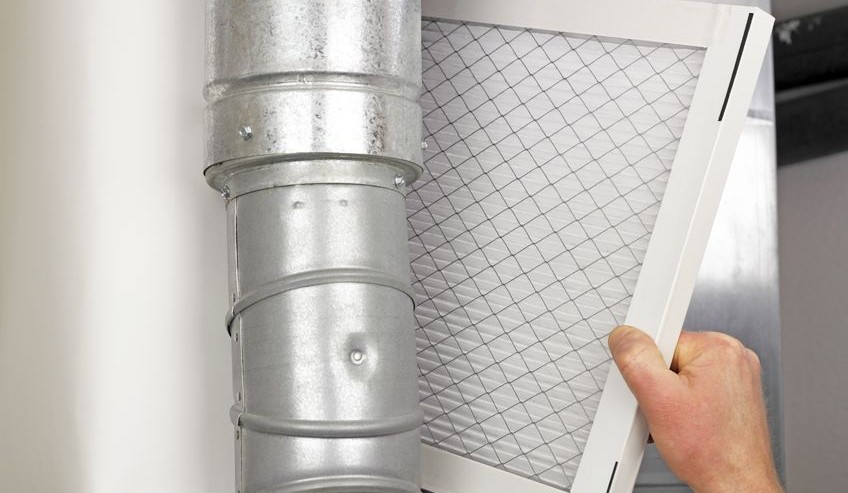The Different Types of Furnaces for Your Heating System
If you are looking to have your heating system replaced in the near future, you may be researching the different types of furnaces that are available to you. The good news is that there are quite a few different configurations options out there for you. Let’s take a look at those options and see just what the differences between them are so you can make an informed decision.
Gas or Electric
The first thing you should look into is whether you want to have a gas or electric furnace installed. If you are replacing a current system and are happy with that system, it is usually best to go with the type of system that is already installed.
Gas furnaces run on natural gas. This means that in order to heat the air in your home, there needs to be a gas line available for them to operate. This also means that you will need to have proper ventilation in the home in order to take the combustion byproducts out of the house (more on that later). Gas furnaces are often more expensive to install but can offer benefits over electric furnaces in the form of lower energy bills. Gas furnaces tend to utilize energy more efficiently than electric furnaces.
If you don’t have an available gas hook up and are looking for a more drop-in-ready solution, then electric furnaces might be the way to go. Most homes and apartments have the electrical hookup that is needed to power an electric furnace. These units use heating elements in order to heat up the air and distribute it through your home. While they are cheaper to buy and install. But if you are going to run them frequently through harsh winters, you might find yourself having high electric bills in the coldest months.
Conventional or Condensing
If you do choose to have a natural gas furnace, then you are going to need to figure out if you want a condensing or conventional furnace. The process of burning natural gas not only produces heat, but other by products like carbon monoxide and unburned natural gas. These byproducts need a place to go. A conventional furnace will vent these byproducts directly outside by means of a chimney or a flue.
If you do not have a chimney or flue, and do not wish to modify your home in order to have one, then you should go with a condensing model. A condenser will combine the byproducts with water vapor. The vapor is then condensed into water and carried away from your home.
If you are in need of a new furnace, or just need yours inspected, ServiceWhale can help. Simply click here to get a free quote from reputable HVAC contractors in your area. In just a few minutes, you will receive a custom quote. Best of all, you do not have to fill out any contact information or have a contractor come to your home!
Related articles
Different Types of Air Conditioners, Part I





Comments
Comments are disabled for this post